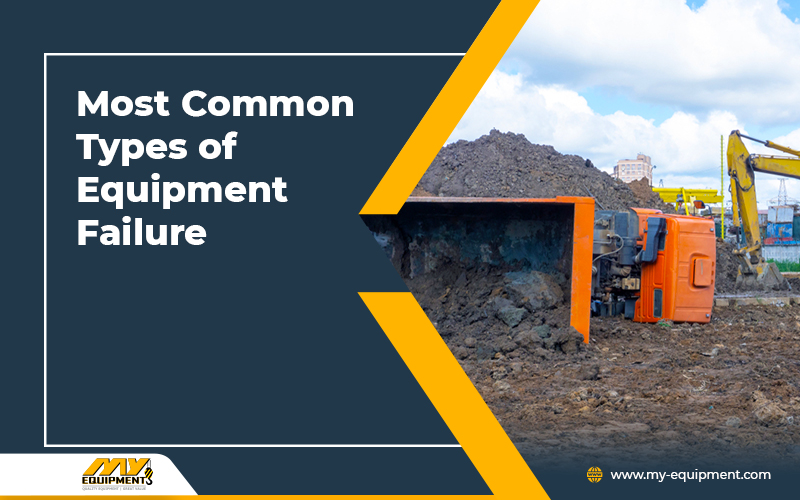Heavy equipment failure is something that every machinery owner must deal with at one point or another. If you have equipment that broke down in the middle of a job, you need to understand what type of machinery failure you are dealing with if you want to find an effective solution. Your equipment failure may fall into one of the following categories.
Thermally Induced Failures
If there are significant temperature fluctuations, they can cause equipment failure. If you start a machine in extremely cold weather, its temperature will rise quickly, and the difference in temperature may lead to a breakdown. If the machine gets too hot, it may also result in a thermally induced failure. It is common for machinery being used in extreme heat to overheat and breakdown.
Mechanically Induced Failures
Machines require proper maintenance. When you fail to maintain the mechanical parts of your machine, it can induce a mechanical failure. Excessive vibrations, shock, and collisions can all induce mechanical failure in a piece of equipment. However, the good thing is that mechanical failures are easy to avoid. All you need is a solid preventative maintenance plan if you want to reduce mechanical breakdowns.
Erratic Failures
One of the worst types of heavy equipment breakdown may well be due to erratic failures since your equipment may be operating normally for a time before shutting down unexpectedly. There are no early warning signs or any slowdowns to indicate a problem. There is nothing that would alert you to an issue. There are a lot of different factors that can trigger these breakdowns. For instance, it could happen due to an electrical system overload.
These breakdowns present a difficulty since they are not like failures that occur due to mechanical or thermal issues. There is very little that you or your crew can do to stop them from happening because they typically strike at random intervals without a warning. Whether you are working with a 966H Cat wheel loader or an excavator, if it keeps breaking down it will disrupt the progress of your task. Fortunately, equipment failures or breakdowns of this kind do not happen frequently.
Sudden Equipment Failures
Sudden equipment failure is similar to erratic failure. With this type of equipment failure, your machinery will not display any warning signs. It will just suddenly and randomly stop working.
Intermittent Failures
If your equipment stopped working for a while but then started working again after some time, it can be attributed to intermittent failure. Operators and project managers find intermittent failure to be extremely frustrating. If a machine stops working suddenly and everyone is convinced that a technician is needed but then it starts working in the next minute, it can be very hard to detect the issue. Even technicians find it difficult to detect the problem with such machines.
Gradual Failures
According to several studies, heavy machinery typically goes through one of six failure patterns. These failure patterns include the bathtub curve which accounts for almost 4% of all equipment failures. There is also the wear out failure pattern which accounts for around 2% of equipment failures. Fatigue and initial break-in period account for 5% and 7% of equipment failures, respectively. The majority of heavy equipment failures, 68% to be exact, are due to infant mortality, and 14% of equipment failures happen at random.


 1400 Broadfield Blvd, Houston, TX 77084,
USA.
1400 Broadfield Blvd, Houston, TX 77084,
USA.